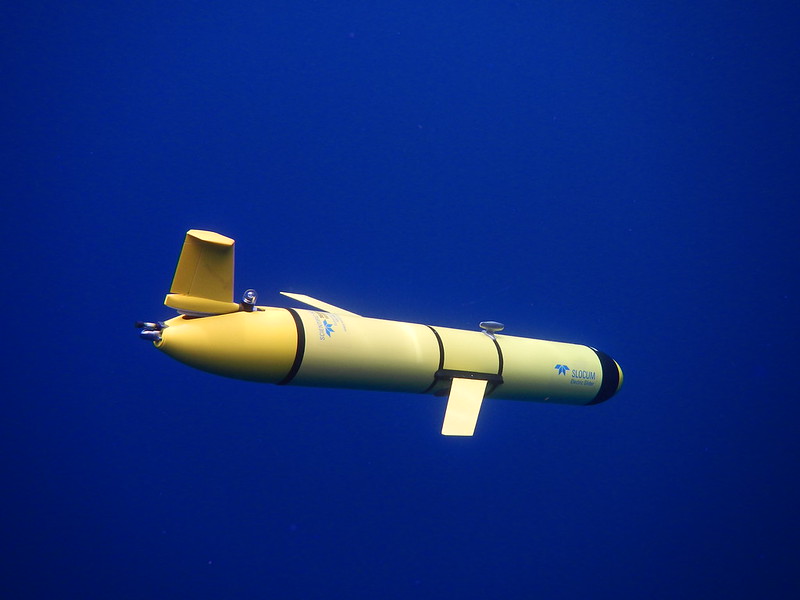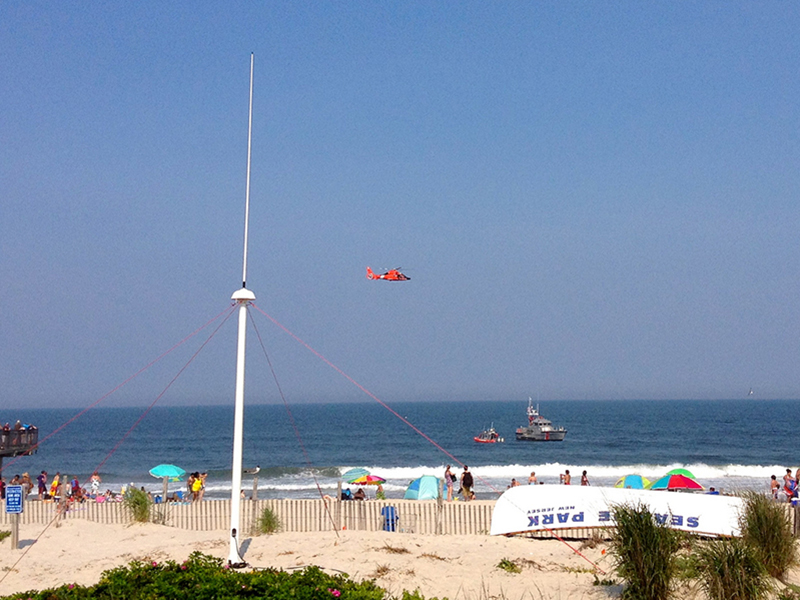Below are the Data Management and Cyberinfrastructure core capability requirements for IOOS Regional Associations and other IOOS grant recipients who are contributing data to the U.S. IOOS.
Photo credits: Rutgers University, CeNCOOS, SECOORA, PacIOOS, IMOS/Sydney Institute of Marine Science
IOOS, being a part of the Global Earth Observing System of Systems (GEOSS), ascribes to the GEOSS data sharing principles (pdf, 669 kb) as a core capacity. IOOS regions should also have the ability and commitment to maintain data access following the Find, Access, Interoperate, and Reuse data (FAIR) principles.
Data providers are expected to provide for storage of data, metadata and other supporting documentation and algorithm descriptions, to establish data recovery mechanisms, and to perform off-site storage of backups until the data and metadata are submitted to NCEI for archiving.
All IOOS Data Providers must serve all data and products through publicly-available, DMAC recommended services and/or community-established data formats, depending on the type of data. All datasets and data services should also be described by ISO XML metadata files that can be harvested by the IOOS Catalog for discovery by users.
The IOOS Catalog is the master inventory of DMAC datasets and data access services. All IOOS-funded publicly-accessible datasets should be registered in the IOOS Catalog.
Provision of Data to the Global Telecommunications System (GTS)
U.S. IOOS is committed to ensuring that all relevant U.S. coastal ocean observations will be contributed in near real time to the World Meteorological Organization (WMO) Global Telecommunications System (GTS) network. The primary mechanism for sending data to the GTS is via NDBC. NDBC harvests ingests real-time partner data through the IOOS Regional Associations and then packages and delivers the relevant datasets to the GTS. This pipeline to the GTS makes data available to WMO member meteorological offices, and also enables access of real-time observations to NOAA and community modelers.
Data Management Planning and Cyberinfrastructure
Data management is an increasingly important aspect of IOOS activities. Data management plans and the coordination of activities between Regions and the IOOS Program Office ensure that data are maintained in easily accessible formats that are archived for long-term storage. DMAC efforts are subject to the procedural directives published by the NOAA Environmental Data Management Committee. The NOAA Environmental Data Management Framework provides the overarching guidance for Environmental Data Management within NOAA programs and the architecture of DMAC is consistent with this Framework.
 Official websites use .gov
A .gov website belongs to an official government organization in the United States.
Official websites use .gov
A .gov website belongs to an official government organization in the United States.
 Secure .gov websites use HTTPS
A lock or https:// means you’ve safely connected to the .gov website. Share sensitive information only on official, secure websites.
Secure .gov websites use HTTPS
A lock or https:// means you’ve safely connected to the .gov website. Share sensitive information only on official, secure websites.





